I’m working on a family where three fairly close relatives married men with the last names of Herold, Herbert, and Herzog. A cheat sheet (actually three different colored post-it notes) contained their name, year and place for their birth and death and the name of their wife. It was a low-tech approach, but helped me to keep them straight.
A relative, John Herbert, purchased property in Illinois in the 1850s from his wife’s parents. He sold it on 4 March 1861 to his wife’s brother. There is no “release of dower” signed by the wife, which is typical for the time period and location. I do know that by 1870 he was married to another wife and family tradition is that he was a widower before he married again. There are no death records in Illinois for the time period in question. Since normally a wife would have signed a release of dower on a deed in Illinois in the 1860, it seems reasonable that John’s wife was dead by the time the deed was executed on 4 March 1861.
In 1879, my uncle George Adolph Trautvetter, purchased 40 acres from Julius and Mary Bierman in Hancock County, Illinois. I recognized the names of the grantees immediately: Mary (who signed as Marie) was a first cousin to George Trautvetter. Always do at least a cursory search of the other individuals involved in your relative’s land transactions. It was not uncommon for people to interact with extended family members in real estate transactions. These documents won’t name any relationships on the deed–unless they all happen to be heirs or already have a joint interest in the property. Deeds are about transferring title to property–not documenting family relationships (unless for reasons already mentioned).
It can be tempting to think that giving a child a shilling or other token amount of money in a will indicates that the testator and the recipient were “on the outs” at the time the will was written. That’s not necessarily so. It’s also very possible that the testator gave the child money well before the will was written–perhaps when they married or set out on their own. In this case, the token bequest shows that the testator remembered the child. Leaving them from the will totally opened the door to someone claiming that they were forgotten. The shilling recipient may very well have been on the outs with the testator at the time the will was written. Family squabbles certainly happen and parents leave children out […]
In many newspapers, opinion is not just on the editorial page. A 1906 newspaper reference to a relative refers to her as a “mysterious woman” who is rumored to have been an “adventuress.” The reality is that she was the first wife of a bigamist living in North Dakota who died there while married to his second wife. Her life in Omaha, from the records that have been located, do not suggest her lifestyle was one that could be referred to as “mysterious.” Newspapers have long used phrases in headlines to attract the attention of readers and some were inclined to be somewhat hasty in publishing information without gathering all the relevant facts. Always read newspaper items with the approach of looking for additional records suggested by statements […]
The best tree checker tool: your own common sense. Other things that significantly cut down on errors: Tree checkers can get the obvious errors, but they rarely catch it if you merged two first cousins of the same name into one person. Don’t expect the computer to do all the thinking for you.
“Late” can mean formerly. A person referred to as being “late” does not have to be dead. This reference to Antje J. Fecht (late Habben) simply means that she had previously used the last name of Habben although she was using the last name of Fecht at the time the document was written. It does not indicate how her name changed, but that it had changed.
A relative died in rural New Mexico in 1925 after a fall from a horse. A neighbor who had probably known him for a short time was the informant. Based on the information on the death certificate, the informant likely knew the relative’s approximate age, that he was divorced, and that he had lived in Oklahoma before moving to New Mexico. That was it. And it makes perfect sense if someone moves somewhere to “start over.” The relative was not hiding who he was, but his new neighbor had no need to know the names of my relative’s parents or the name of his ex-wife. The place of birth given for my relative was Oklahoma–where he had lived before coming to New Mexico. The age on the death […]
Always think about the family that was left behind when someone died? Were there children who would have needed looked after? Was there a spouse who would have needed some assistance? Was there an adult child who would have been unable to look after themselves? Who would have been nearby to help these individuals? Were there court records, guardianships, or other records resulting from issues when the person died?
Every document in the United States indicates that my third great-grandmother was born in 1808. I’ve seen the year so many times in United States records that I have it memorized. I “know” my third great-grandmother was born in 1808. It’s even in the church record of her death. The problem: it is wrong. Her christening record in Germany when she was a few weeks old indicates she was born and baptized in 1807. That’s a record that provides primary information about her date and place of birth. It was created close to the time of her birth with information likely provided by her parents. The difference is only a year off from what records in the United States indicated. All those records in the United States are […]
The story was that my second great-grandfather’s sister and her husband had adopted the child of a neighbor some time before they moved to Nebraska in the 1870s. The child was born a few years before their marriage and the story sounded reasonable. I had traced a few generations of the adopted child’s descendants. I was surprised when one of the child’s descendants showed up as an autosomal DNA match to me. They had a reasonably complete tree going back five generations and, from what I could see, it looked accurate, but the line going back to the adopted child of my second great-grandfather’s sister stopped at that child. The rest of the DNA match’s tree contained family from Sweden and other areas where I had no family. […]
Putting a “+” in front of search terms in the full-text search interface at FamilySearch Lab’s full-text search seems to force that term to be in your search results. This allows you to narrow your search results much easier. Thanks to webinar attendee XXX for mentioning this. You can learn more about our recent FamilySearch Lab full-text search webinar here.
Searching for your ancestors in databases and websites is not like taking a test, but a “cheat sheet” of sorts may still be helpful. In a word processing document or on paper, keep track of what search tricks you used on a specific website so that you’re not left re-inventing the wheel when you go back and use the site later. For example, does the site allow you to use wildcards (such as *, _, ?, or %)? How many wildcards can be used in each search term? Does putting a + or a – in front of a search term impact the search? Does the site have a series of records between say 1800 and 1895, but appear to be missing the records between 1840 and 1842? […]
We’ve released the recording and handout for my new presentation on the full-text searching of local land deed and probate records at FamilySearch. Details are on our announcement page. Introductory price available–save $7. Presentation can be viewed multiple times. No streaming.
Many local records had indexes that were created by the office that originally created and maintained those records. Sometimes these indexes get overlooked by later finding aids. That can be a mistake when searching any record, but particularly when searching land deeds. Your genealogy goal with land records should be to have documentation of how your ancestor acquired his property and how it left his ownership. The acreage acquired should equal the acreage “unacquired” (with a slight discrepancy perhaps for survey and measuring variations). Grantor and grantee indexes to land deeds (created by the office that originally had the records) can help with locating all of these materials, keeping in mind that these indexes usually only referenced the first grantor and the first grantee. There may be other […]
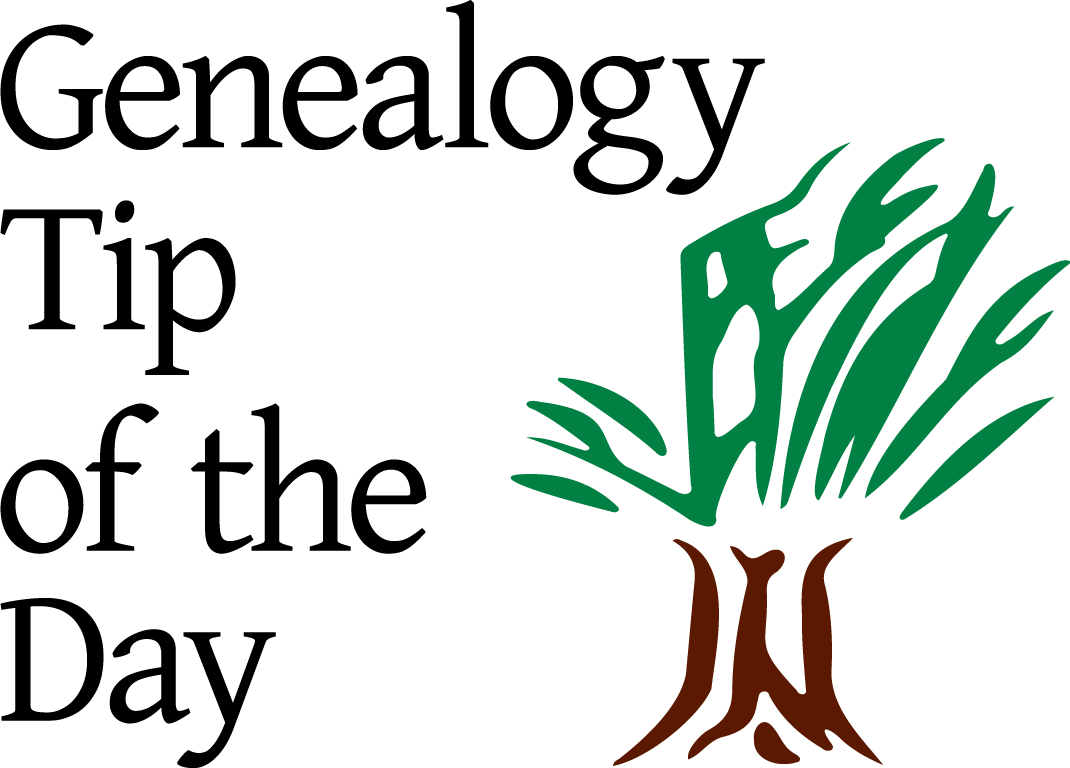
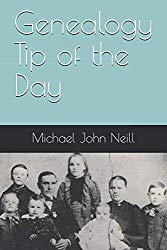
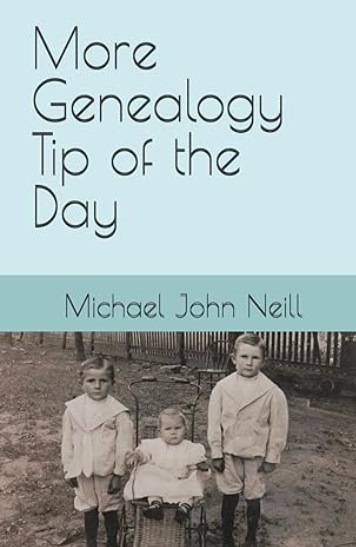

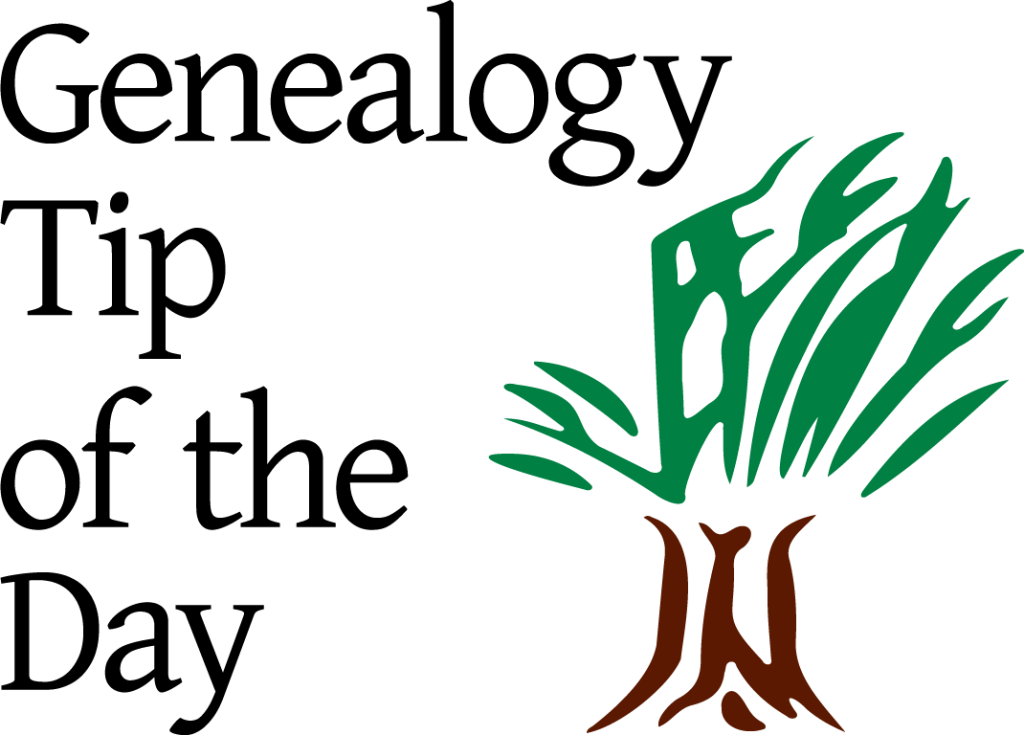
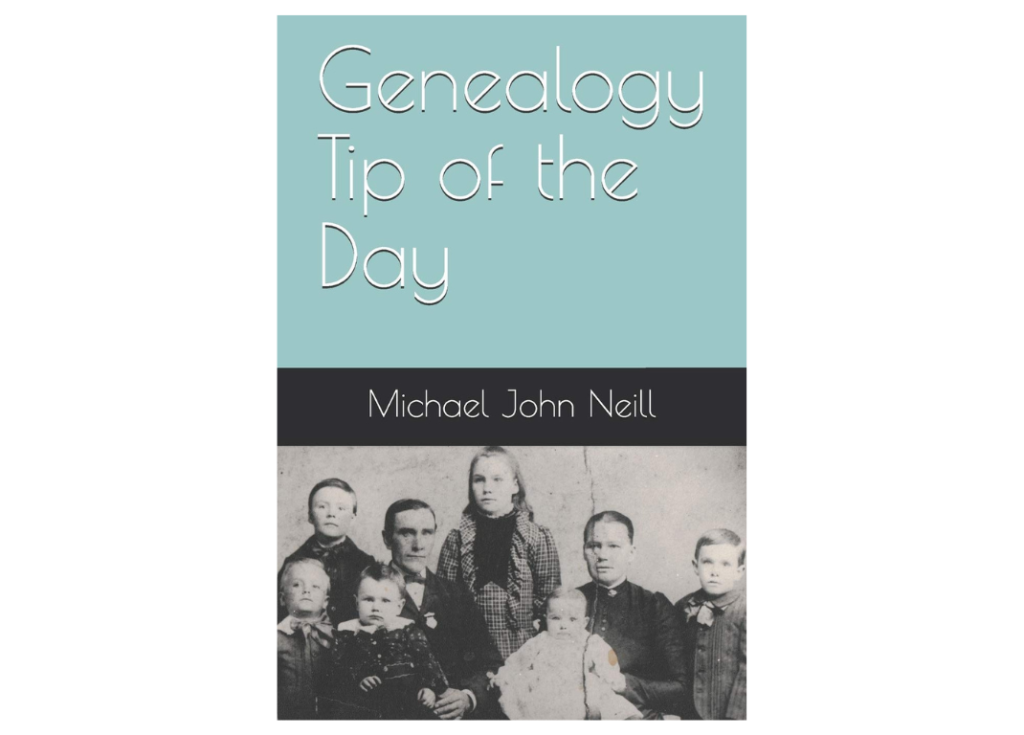
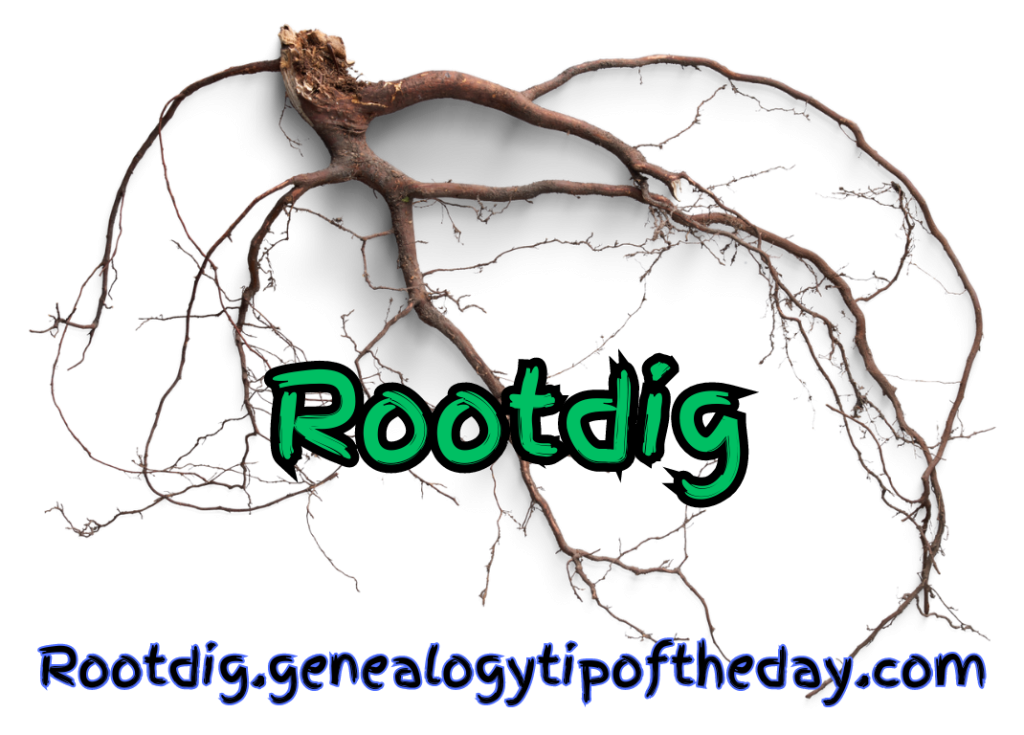

Recent Comments